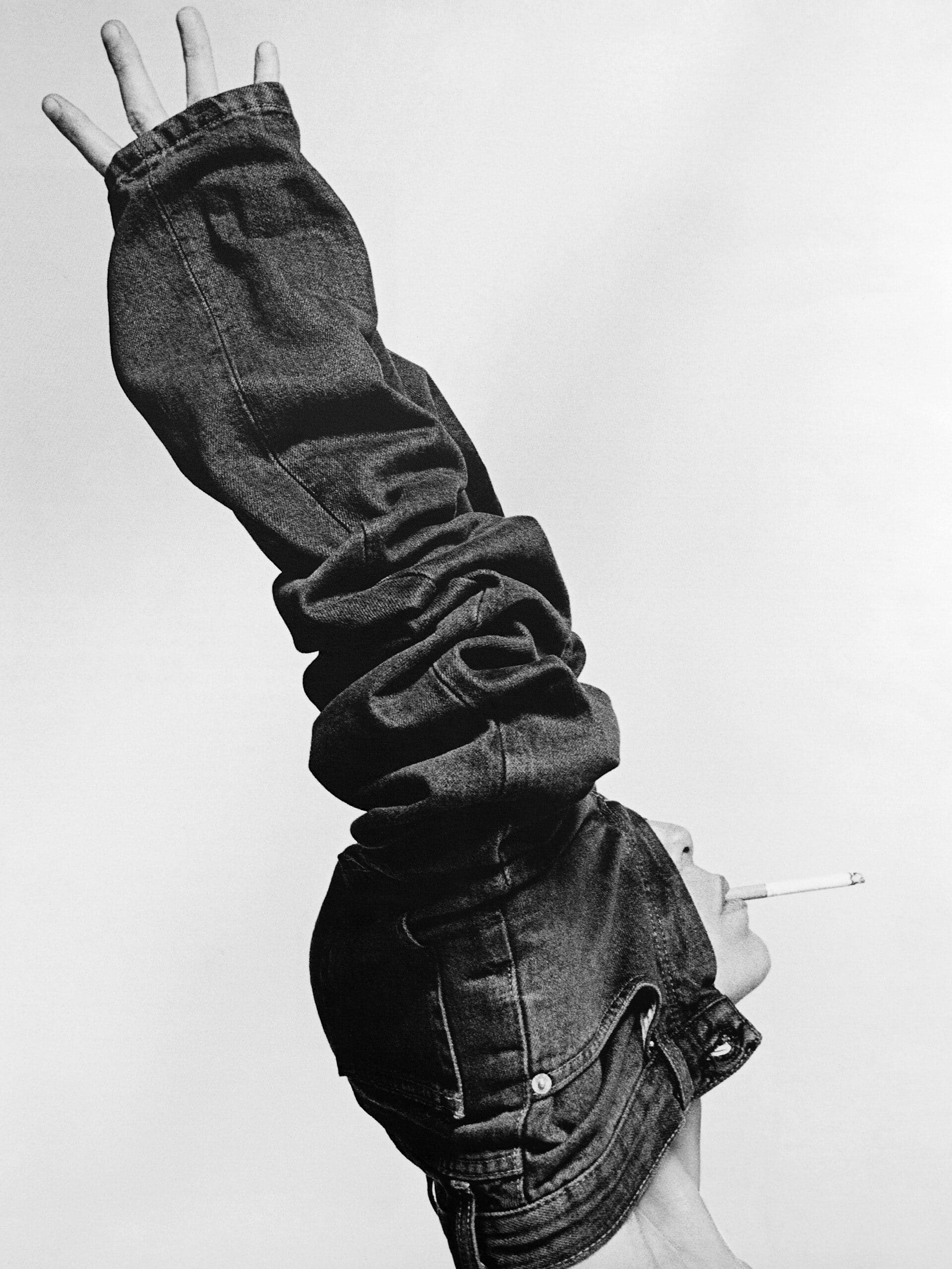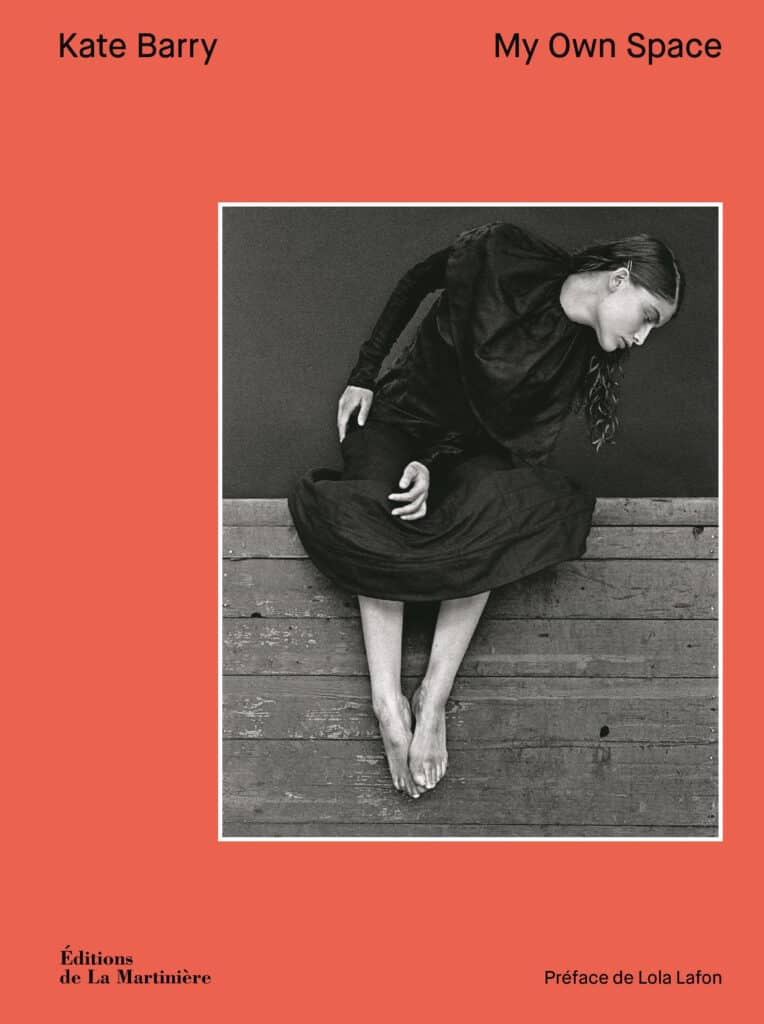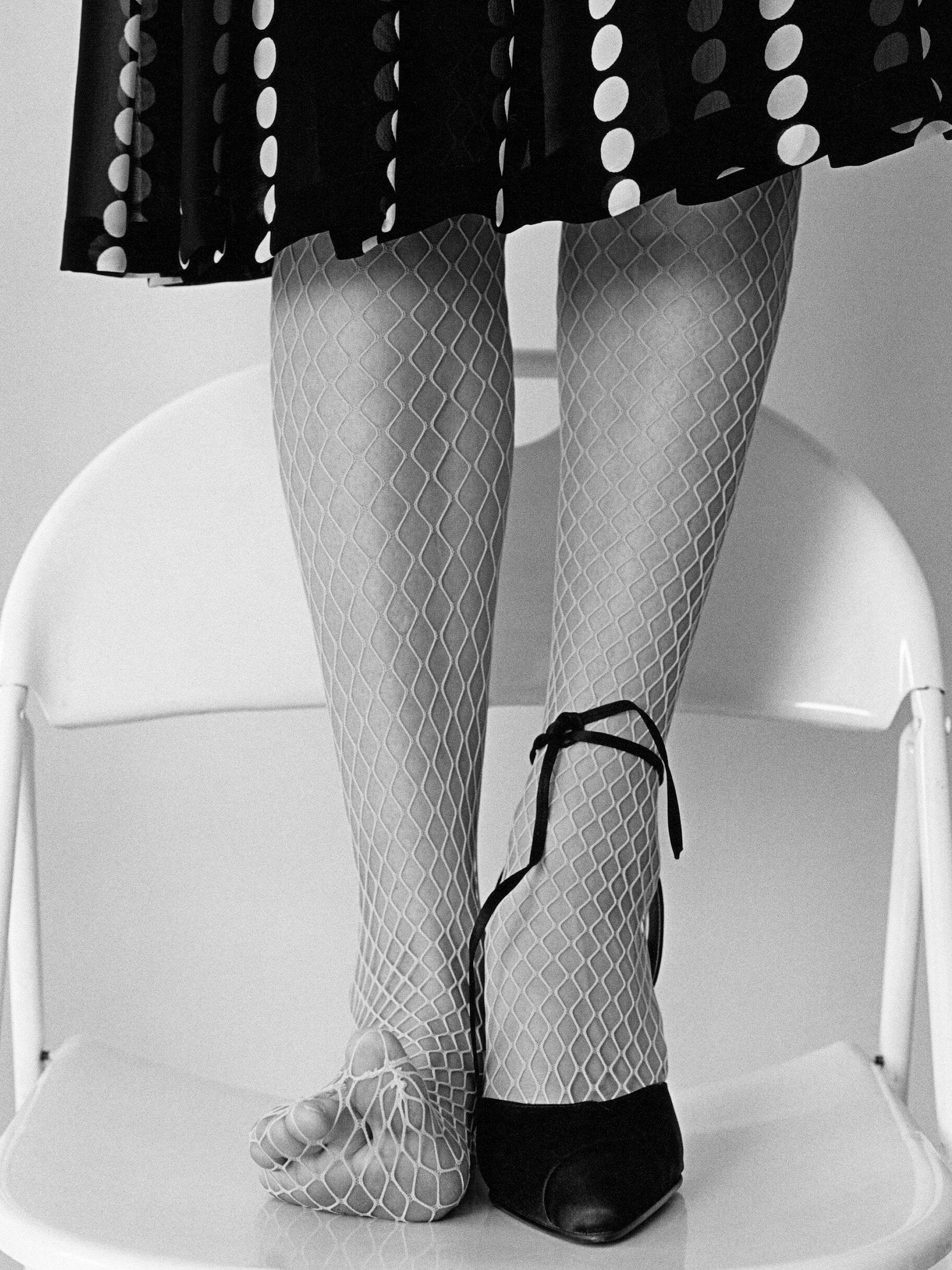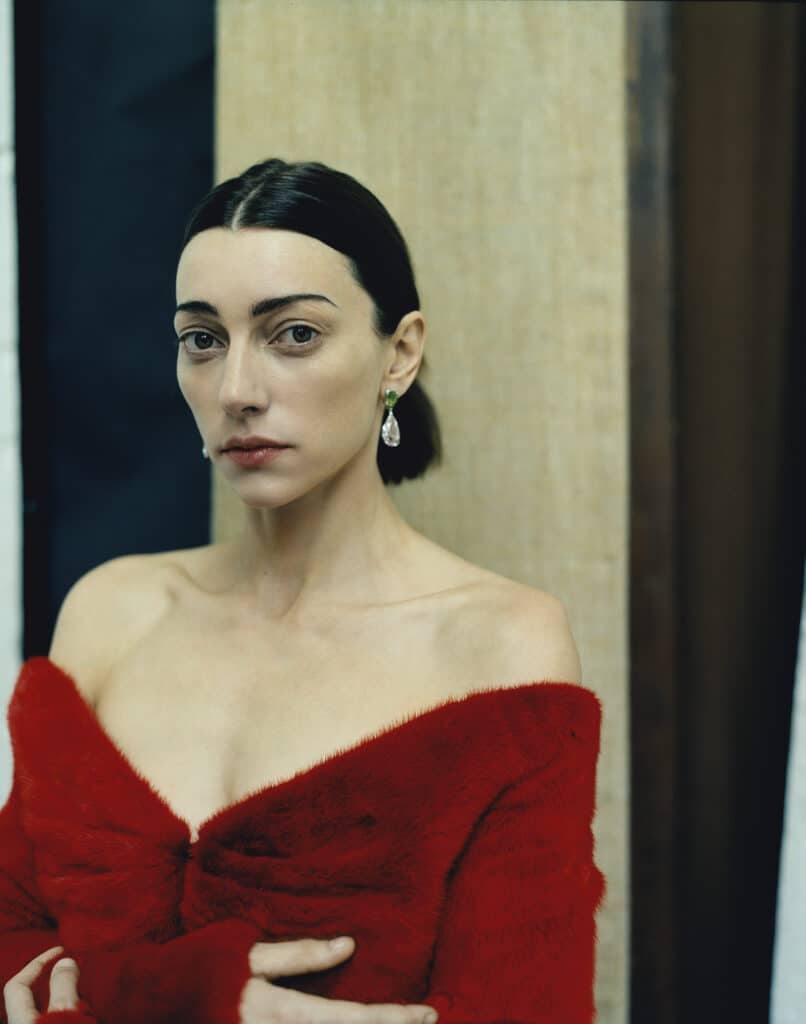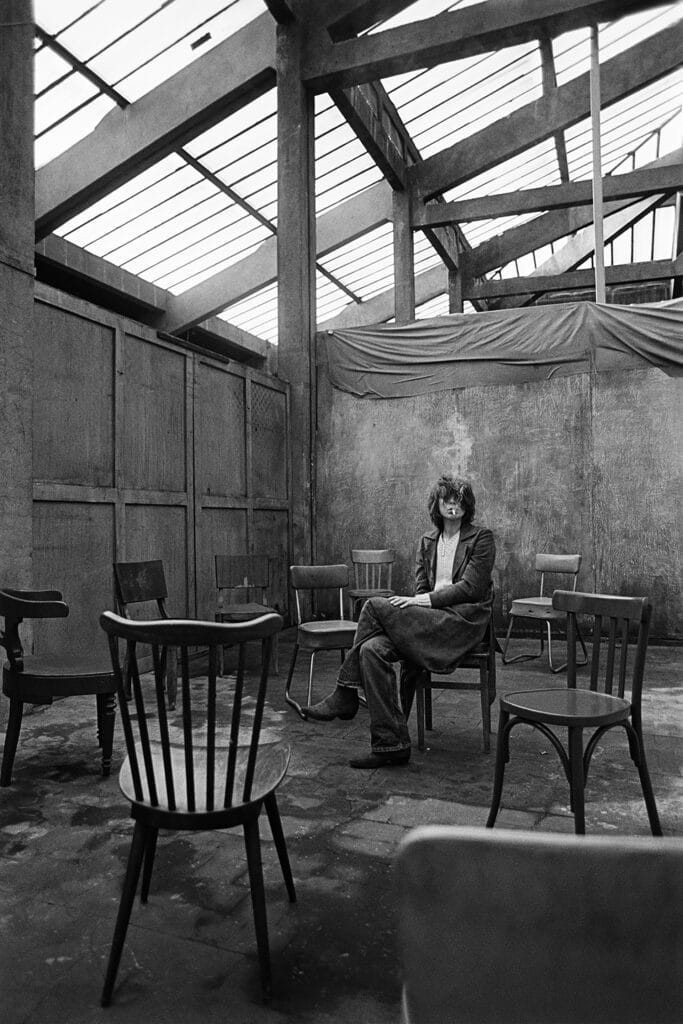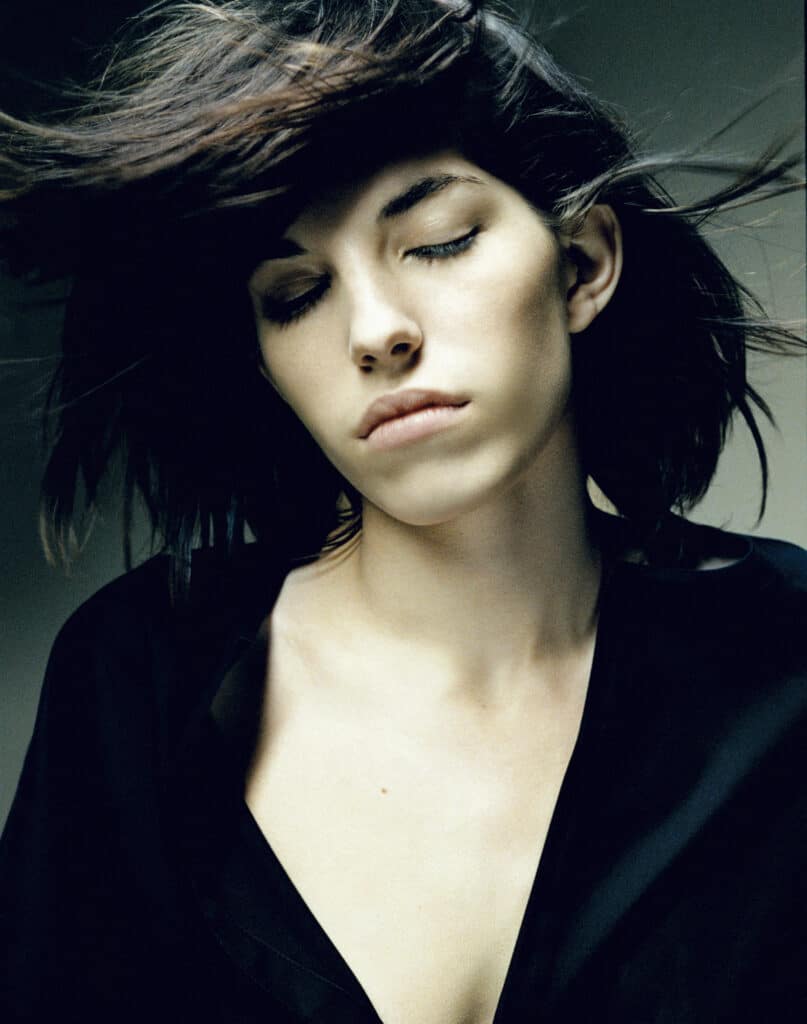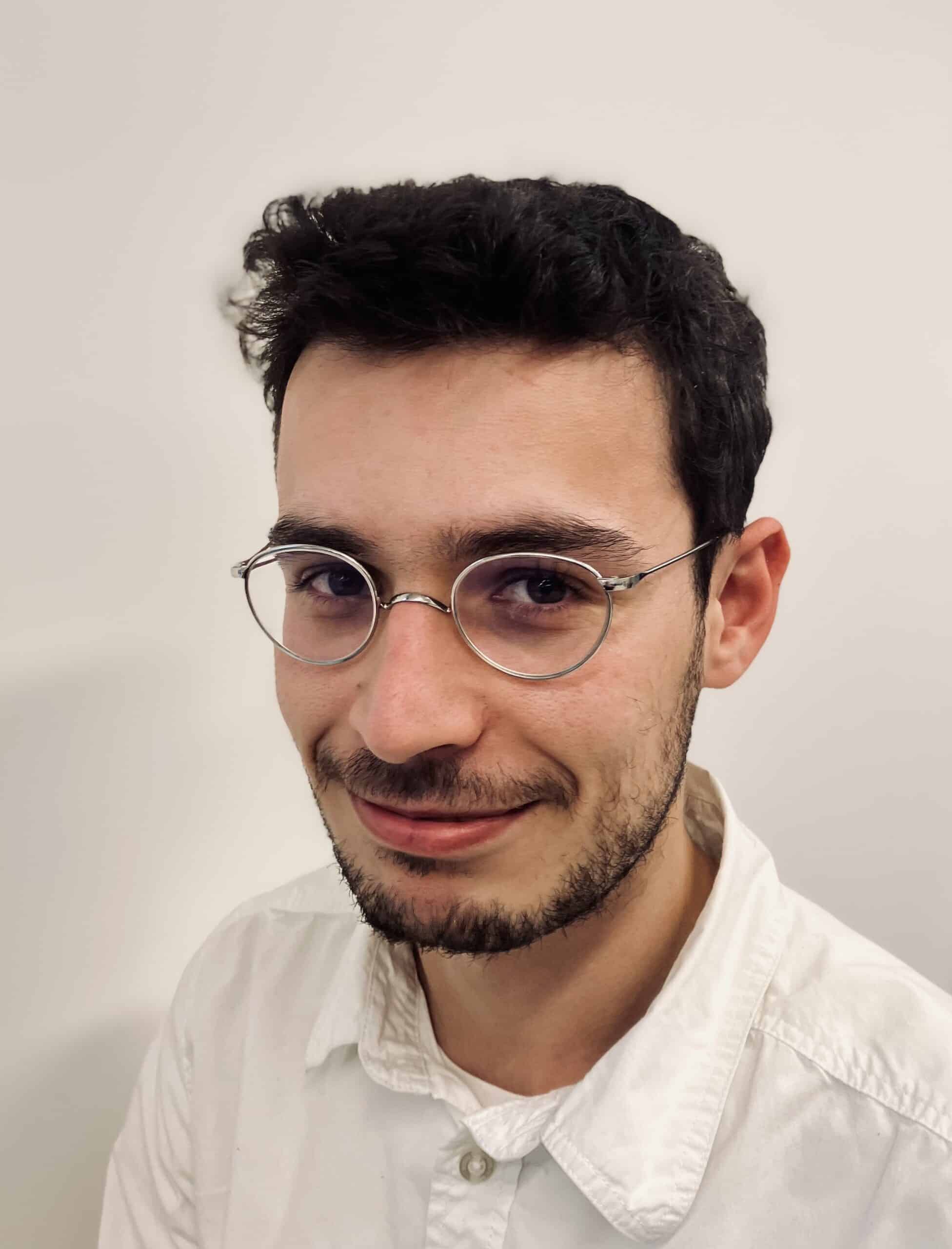The daughter of Franco-British actress and singer Jane Birkin and English composer John Barry, Kate Barry grew up in the shadow of her parents. Born in London in 1967, Kate received her first camera “from a lover” in 1983. At the age of 16, she did not go straight into photography. She studied at the Chambre Syndicale de la Haute Couture in Paris, and it wasn’t until the second half of the 90s that she tried her hand at photography.
Kate Barry began a series of self-taught portraits, which she produced between 1995 and 1996 with her mother, Jane Birkin, and her two half-sisters, Charlotte Gainsbourg – daughter of French singer-songwriter Serge Gainsbourg – and Lou Doillon – daughter of film-maker Jacques Doillon. This period marked the genesis of her distinctive visual language, combining pared-down settings, soft atmospheres and complicated poses.
“As a child, I was already her little model, she was my guide. Look to the right, look to the left, higher, lower. Laugh, be serious. Once she was a photographer, she put me in front of her lens. For her, I wanted to be brave and determined. Always with her gaze, her vision. So beautiful, so gentle, so kind. In fact, exactly as she was. Her desire to sublimate actresses, always fragile in her eyes; her intimate vision, never immodest. With these ‘shooting’ moments, as I hear her say, it’s thanks to her that I dared to look at myself, that I dared to find myself pretty”, says Charlotte Gainsbourg, recalling the photographic sessions she did at the time, in Brittany.
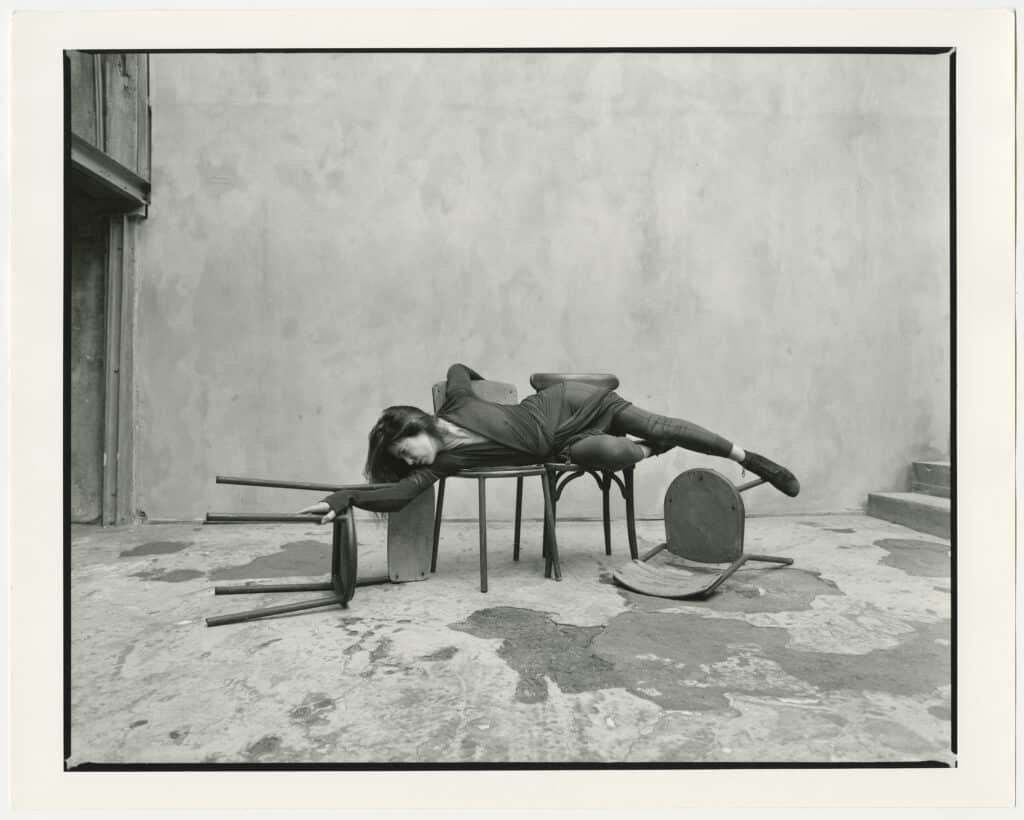
In the shadow of her mother and sisters, who also contributed to her fame and the development of her career as a photographer. In the shadow of stars too: Sophie Marceau, Isabelle Huppert and Laetitia Casta are among her recurring models. Commissions for fashion and magazine photography made her a household name.
“Her sets are often desolate, the poses, the clothes and the temperature are not pleasant, she’s not interested in that, maybe there’s a desire for it to be uncomfortable,” explains her sister, Lou Doillon. The photographer liked to exhaust her models. The sessions were long. She used several dozen rolls of film per session, up to thirty, taking over 1,000 photographs. A way, perhaps, of tiring out her models, to bring out a kind of vulnerability. A vulnerability that the artist sees in celebrities, but which in no way detracts from their strength, which she also shows in her work.
French actress Isabelle Huppert remembers “her gentleness”, in the looks she gave and the moments she offered. A gentleness that did not prevent her from seeking precision, from going in search of “the right image, the image that she knew and that we didn’t”.
A multifaceted artist
While Kate Barry initially gained acclaim for her fashion and portrait photography, she demonstrated openness to diverse artistic styles. In 2008, she was chosen for a project celebrating the 40th anniversary of the Rungis Market, the most important one in the region of Paris. In contrast to her photographic style, she had to deal with the noise, the atmosphere and the colours. She also moved away from the usual ‘prestige’ of her work with celebrities and the fashion world. Thanks to a strict protocol, the artist was able to offer around a hundred portraits of Rungis staff.
She also began experimenting with landscape photography in 2002. In keeping with her other series, the artist offers stripped-down, melancholy landscapes that convey a sense of solitude. His landscape photography is silent. Sylvain Besson, exhibition curator and author of the book My Own Space, which traces the artist’s career, speaks of “fragments of landscape”, of “details”, of “traces”.
“These images are leitmotifs in Kate Barry’s work. They hark back to Beckett’s notion of ‘nothingness’, more commonly defined as ‘a place where nothing is really present and nothing is really important’. These photographs can also be seen as a manifesto of an attraction to the anodyne and to deserted spaces, which present themselves as ‘abandoned by human interest’,” writes Héloïse Conésa, heritage curator at the Bibliothèque nationale de France in charge of the contemporary photography collection, in Sylvain Besson’s book.
In 2005, Kate Barry explained in an interview with the French-Polish publisher, sociologist and writer Léo Scheer: “This work on landscapes, or fragments of landscapes, arose from the need to escape from the dual relationship that portraiture implies.” For their part, those close to her refer to landscape photography as her “real work”, “closer to her personality”. It is also where “his anxieties and silences are best expressed”.
The exhibition and book are intended as a tribute, a way of “showing the diversity of her work”, explains Sylvain Besson. Kate Barry died suddenly in 2013 at the age of 46.
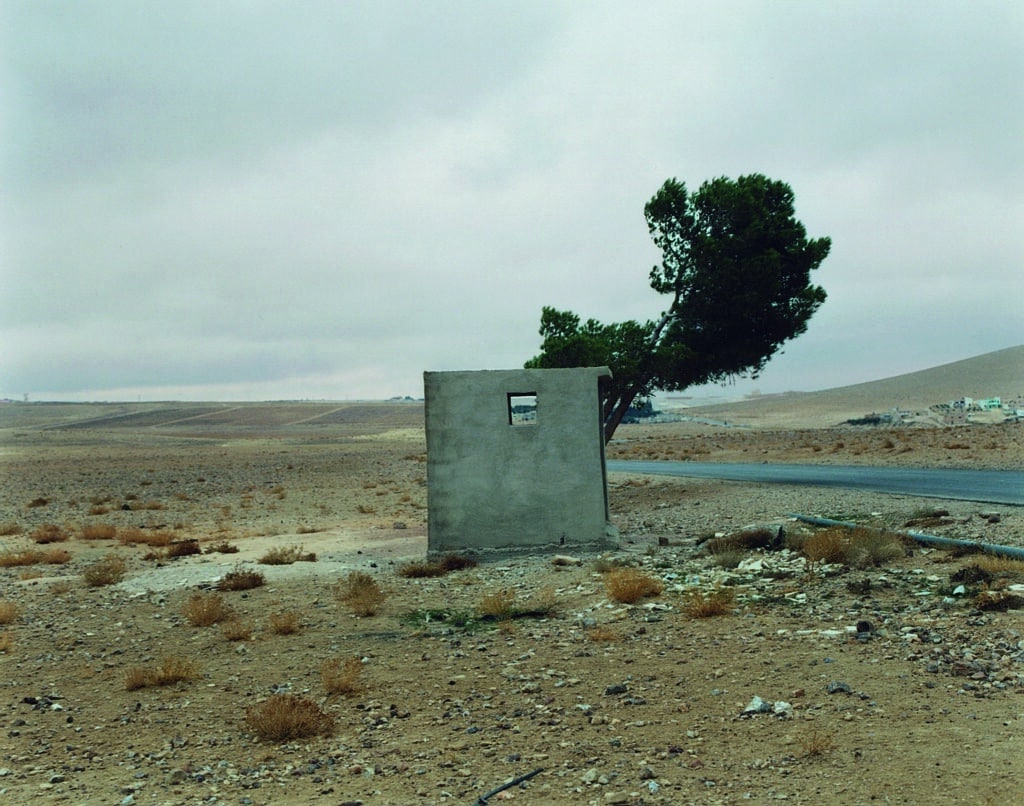
The exhibition can be seen at the Quai de la Photo in Paris until March 20, 2024. My Own Space, co-written by Sylvain Besson and Lola Lafon, is published by Éditions de la Martinière. The book is available at €34.90.

